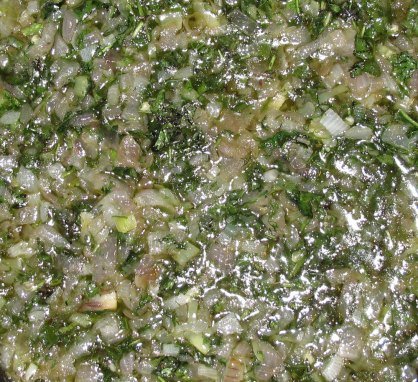Today I rejoice the passage of time, culminating in the coming of the new year.

There is no better way to do that but a festive lunch, where food and drinks will have almost equal weight and pleasure potential.

The menu draws from Germany, Georgia, Italy and France. Greece adds the traditional cake to finish the meal, and the salad.

Smoked eel is one of the delicacies I will never stop craving for.
My best man, Manolis, brought me a sealed package of two smoked eels produced by Aal-Bruns, a German specialist producer.
As if I knew, I cut the eel in small pieces.
Pairing the smoked eel with a wine was a challenge.
But not for very long.

The gentle knight from Alsace came through the door and brought the solution with him. Two bottles of wine I had purchased in the Metzger winery at the beginning of the 21st century.

A late vintage of Gewurztraminer Pflinz from Alsace, produced in 1997!
I opened the first bottle, full of curiosity: Could a white wine have lasted for almost 18 years?
As you can see in the photo, the golden color of the wine gave the first answer. But this is nothing compared to the taste. Heaven on Earth!
The almost oily wine with its sublime sweetness coats the mouth and prepares it for the infusion with the smoky taste of the eel that literally melts in it. A marriage made in heaven.

I offered to my guests two options for tasting the eel. Both had as support a rectangle of whole grain bread, the first with a touch of butter on it, and the second with a spoonful of mashed pickled cabbage, beetroot, chilli pepper, celery and garlic. I personally enjoyed both, starting with the butter and then going to the pickled mix.
Needless to say, some pieces were enjoyed on their own. In the absolute magnificence of their existence. The taste is so powerful that only a small piece can be truly appreciated and enjoyed without the human being overwhelmed.

The second appetizer was a small piroshki with minced beef, a variation of a Georgian recipe.
It is smooth and spicy and tasty, while the wrapping is an ultra light and thin crepe.
The piroshki were prepared by a good friend.

The terrain is now open for the arrival of the main course, which is veal osso bucco with risotto.
I cooked the veal in a mix of carrots, celery, onions, garlic and tomatoes.

The abundant liquid of the mix I used in the risotto, which I prepared with Arborio rice from Ca Rossa.
The wine to accompany the main dish came from Toscana.

Brunello di Montalcino, 1998, produced by Ciacci Piccolomini d’ Aragona.
I had purchased both bottles in the winery’s shop near Montalcino, in Tuscany back in 2003.
The first bottle of the 16 year old wine was moderately ok, most likely due to cork problems. Drinkable, but not as rich and full as the second bottle, which gave to all great pleasure.
The risotto was the king of the main dish. It had rich flavor with considerable depth, without any of the elements overpowering the others.
The veal was tender, tasty and the rich sauce accompanied it in the best possible way.
At the end of the meal we shared the traditional “Vassilopitta”, a light cake made with mahlepi (mahlab) spice. Absolutely divine in its simplicity.
Happy New Year!

























